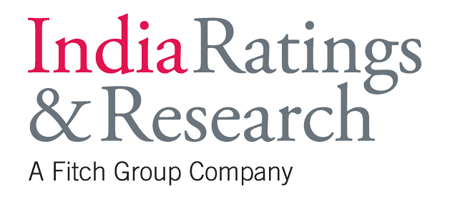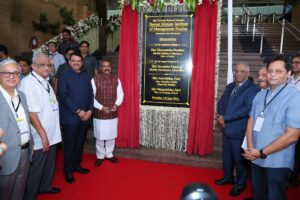
India Ratings and Research (Ind-Ra) believes that asset reconstruction companies’ (ARCs) key focus in the near-to-medium term would be largely to acquire mid-sized assets, given the capital constraints and a paradigm shift in the existing regulatory framework to National Company Law Tribunal under Insolvency & Bankruptcy Code from Debt Recovery Tribunals.
Ind-Ra has analysed its overall rated portfolio of security receipts (SRs) issued by ARCs in the last decade (2006-2017). The portfolio comprises SRs worth INR209 billion, backed by an underlying debt of INR451 billion as of 31 December 2017.
The key insights from the decadal trends related to SR pricing and recovery on bad debt are: (i) retail loan recoveries are far better than those for small and medium enterprise (SME) loans or large corporate loans; (ii) aggressive pricing of large corporate loans is not in sync with relatively low historical recoveries; (iii) performance (low recovery and high pricing) of SRs across ARCs for recent vintage SRs (2012-2017) has deteriorated compared to older vintage SRs (2006-2011); and (iv) all-cash SRs recovery performance is far superior to non-cash SRs’, which is partly aided by the former’s lower pricing.
Retail loans achieved the highest average cumulative recovery of 150% of the SRs issued, while SME loan trusts recovered 95% of SRs. Recovery on SRs for large corporate loans at 73% of SRs was lesser than that of SME & retail non-performing asset acquisition for ARCs.
Regulatory changes pertaining to the Reserve Bank of India guidelines on the sale of stressed assets dated September 2016, have led to an increase in provisioning norms for banks on the loans where their investments in SRs backed by sold assets are above 10% of the SRs issued from April 2018. This is likely to increase the number of cash deals by ARCs, bring about a better price discovery and reduce the instances of SR deals to be entered into by banks. However, a higher number of cash deals may result in capital becoming the biggest constraint for ARCs in cash acquisitions.
Additionally, Ind-Ra believes that ARCs with strong sponsor support shall be able to leverage group synergies and be able to attract patient equity capital and investors for the acquired distressed debt as well. The agency expects that these ARCs would largely play a significant role in the resolution of mid-sized assets, commensurate to their capital and management band-width, which nevertheless could be very critical to the Indian economy.
Ind-Ra also believes that ARCs would increasingly focus on mid-sized assets, given stiff competition from bigger private equity players and the smaller role they would have in the outcome of larger cases with multiple lenders. Armed with the Insolvency & Bankruptcy Code, they can expect greater cooperation from business owners for business restructuring, requiring an additional infusion of capital. This is also likely to help banks focus on large cases that are the main drivers of their stock of non-performing assets.



